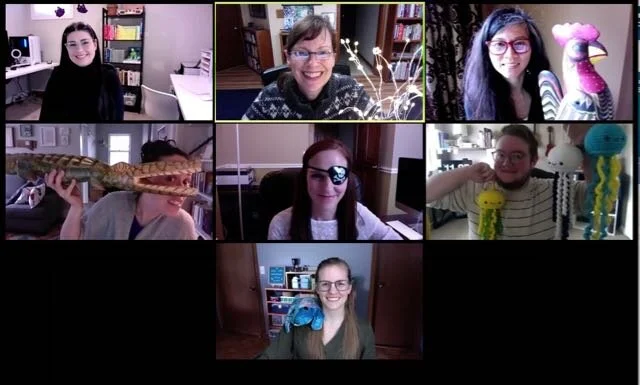
News
Discover relevant topics that ACET is currently working on, such as developing SMART goals, creating strategic plans, assessing community readiness, and improving outcomes.
Category
- ACET
- Amy Gustafson
- Ashley Kitchen
- Bree Zimmerman
- Carlos Gallego
- Charles Rivers
- Children
- Collaboration
- Communication
- Community Outreach
- Community Readiness
- Community of Practice
- Consulting
- Crime
- Cultural Assessments
- Cultural Connections
- Data
- Data Coordinator
- Equity
- Evaluation
- Facilitation
- Flowcharts
- Focus Groups
- Funding
- Grant Alert
- Graphic Design
- Health
- Indigenous
- Interviews
- Jolene Roehlkepartain
- Kamarrie Coleman
- Lisa Perkins Smith
- Maggi Seybold
- Max Davis
- Mick Alvarez Flores
- Partnerships
- Pediatric
- Photography
- Productivity
- Profile
- Program Fidelity
- Public Health
- Quality Improvement
- Rachel Engh
- Rating Scales
- Research
- Small Business
- Stakeholder Groups
- Strategic Planning
- Surveys
Setting SMART, SMARTER, and SMARTIE Goals
How do you develop and examine the goals of your program? One model ACET often uses is the SMART framework. This framework includes five important attributes, which also can be framed as questions:
Why Evaluate?
If you want to discover what’s working, evaluate. If you want to identify what can be improved, evaluate. If you want to show impact, evaluate.
Continuous Quality Improvement
To evaluate your program, many evaluators use a Continuous Quality Improvement (CQI) or Quality Improvement (QI) approach.
We’re Celebrating 23 Years, and We’re Thankful
In 1998, Stella SiWan Zimmerman founded ACET, Inc., and began building a strong team. Today, ACET has seven employees and a group of consultants who provide high-quality, culturally tailored evaluation and consulting services.
Enhancing Program Fidelity in a Virtual Environment
Before the start of the pandemic, addressing program fidelity usually occurred in person. Since programs now happen mostly online, it’s critical to continue to enhance program fidelity in a virtual environment.
How Evaluation Can Create Sustainable Change
Sustainability happens when organizations strategize, plan for, and set systems in place. How? Consider these ideas:






